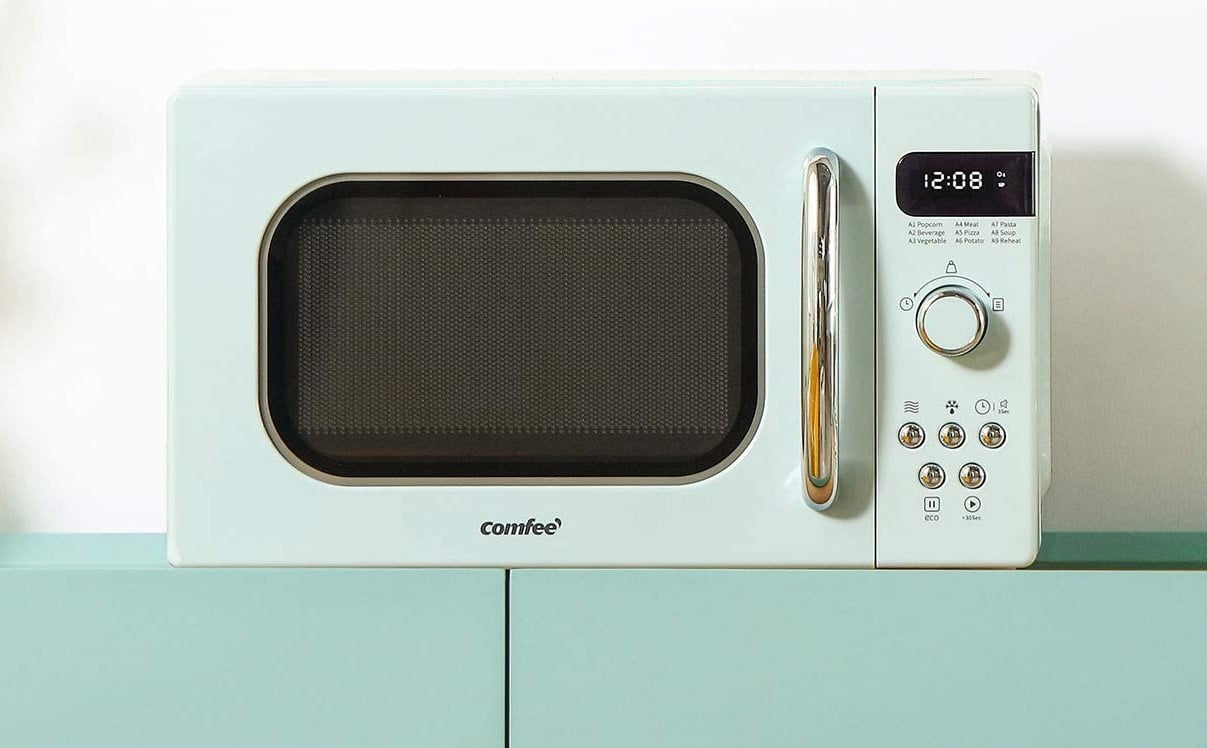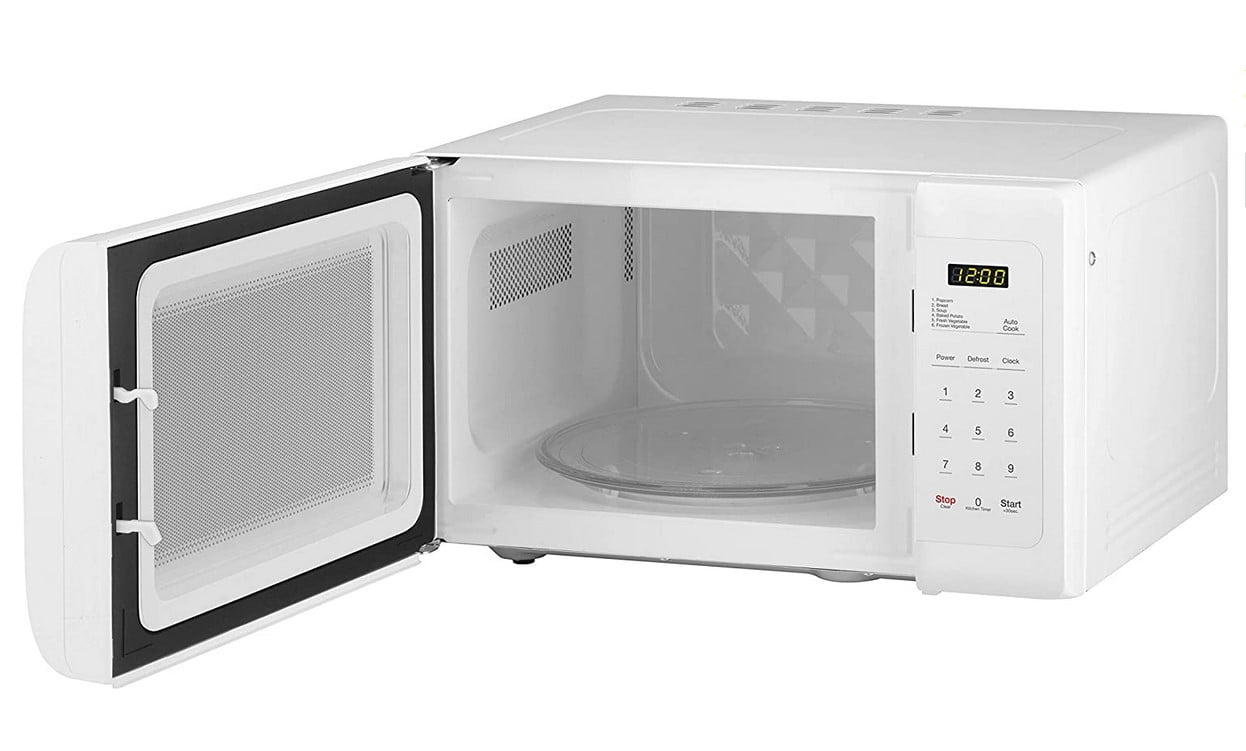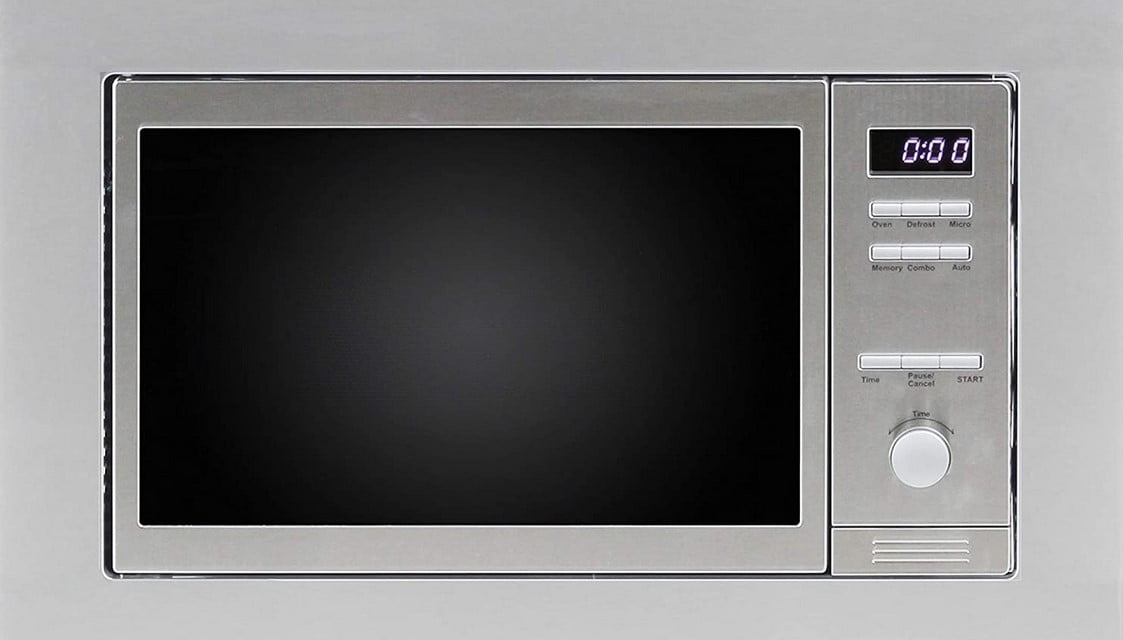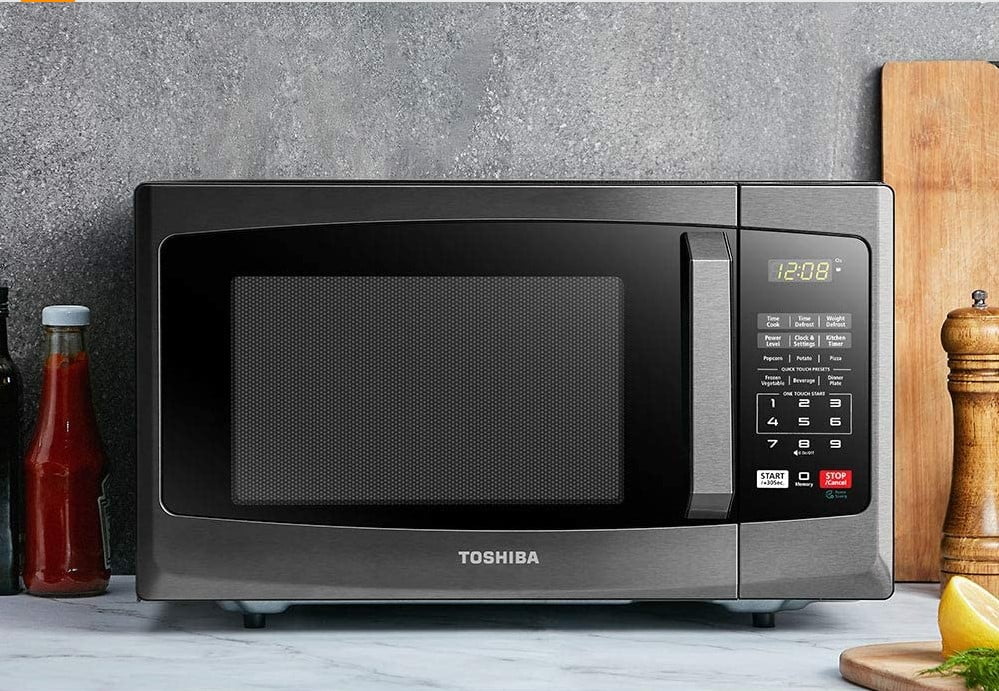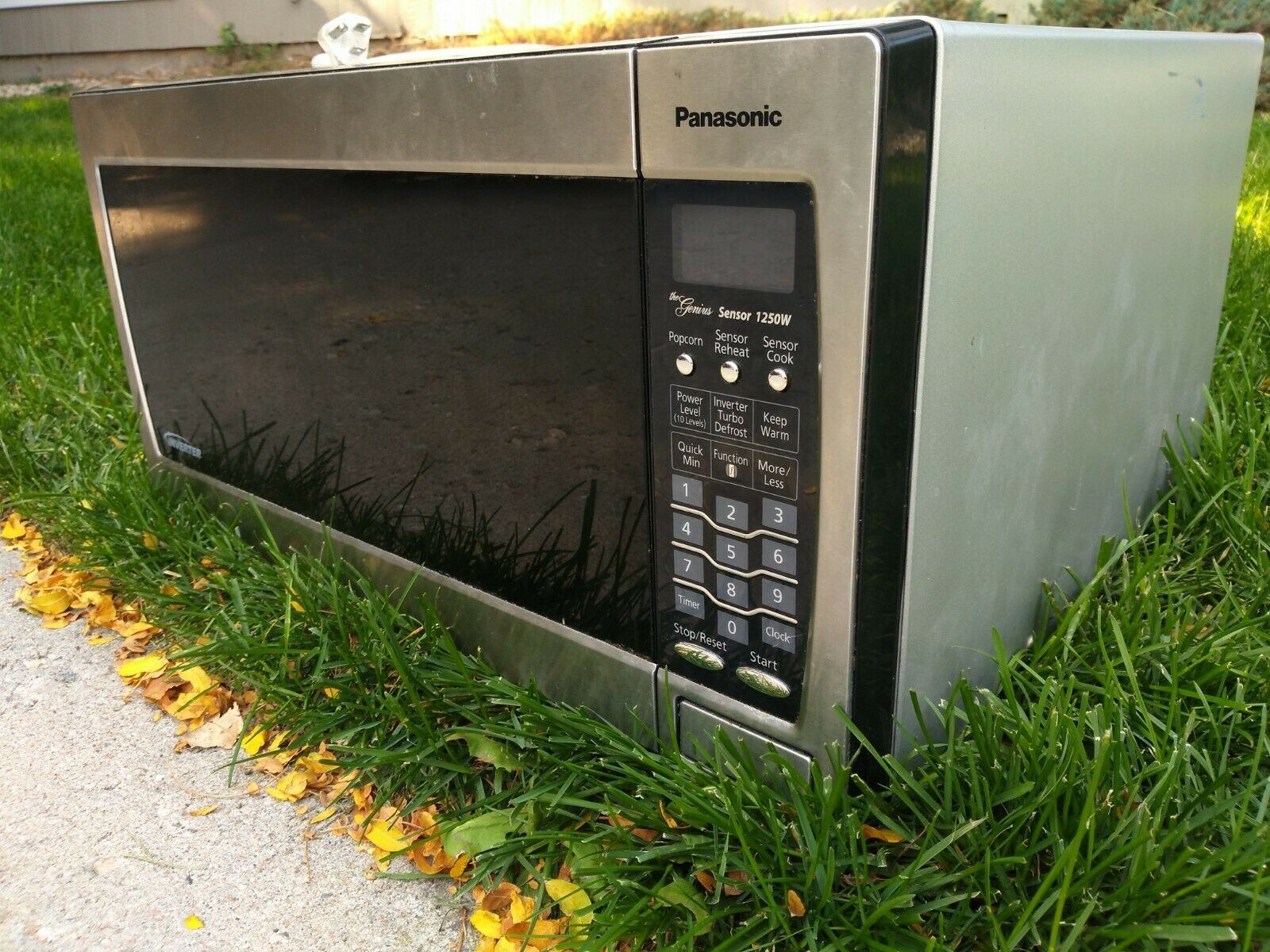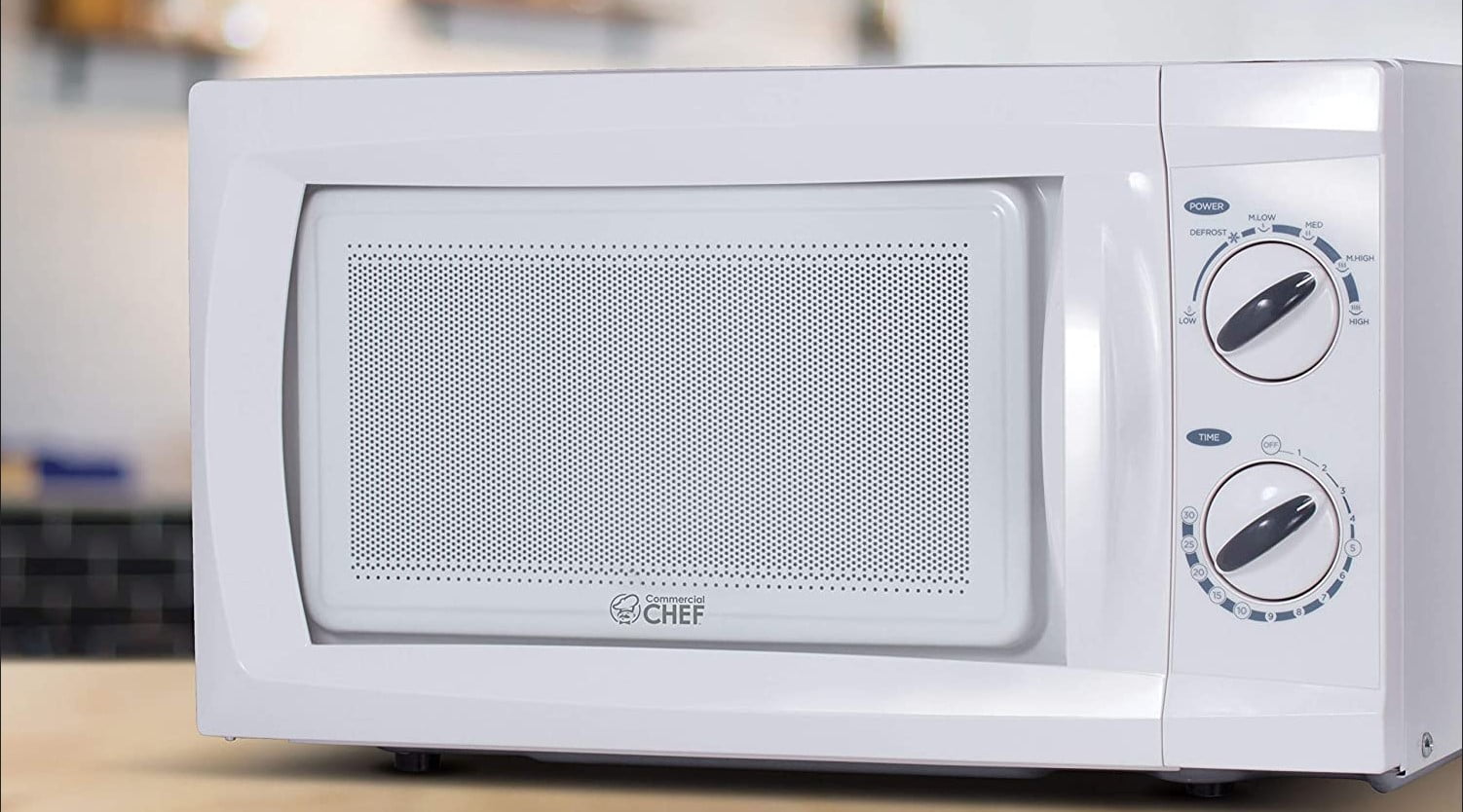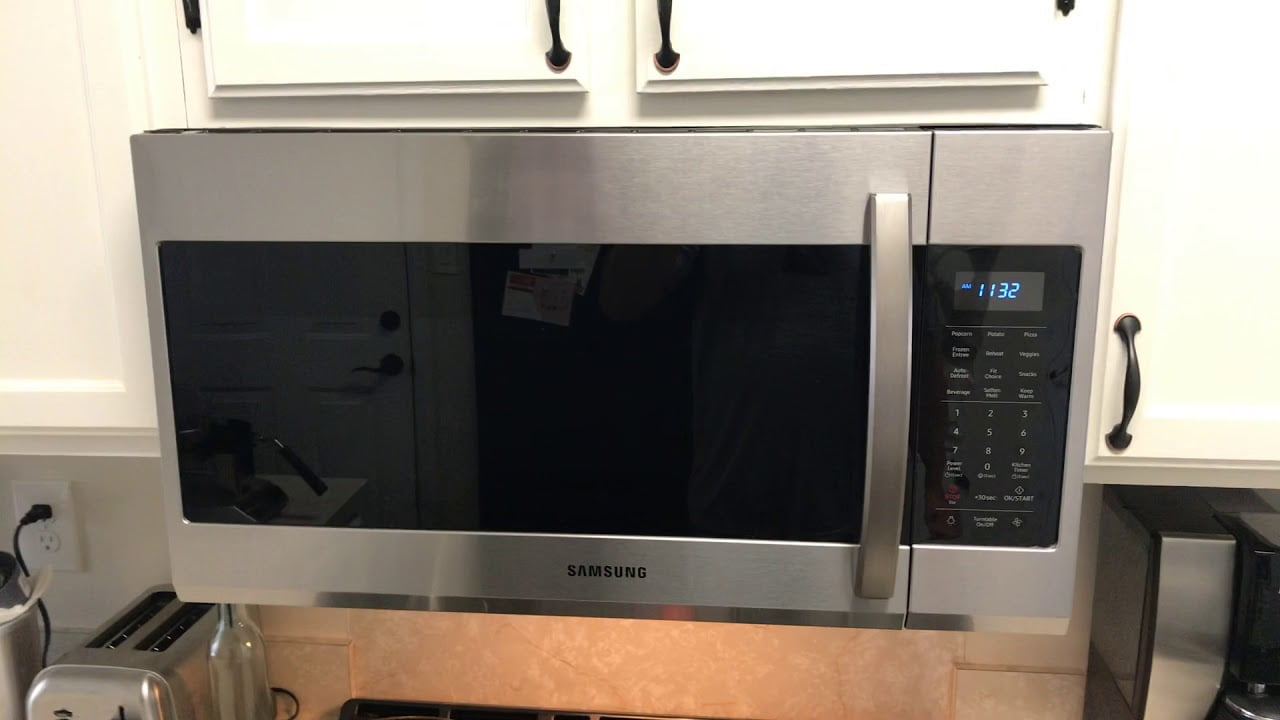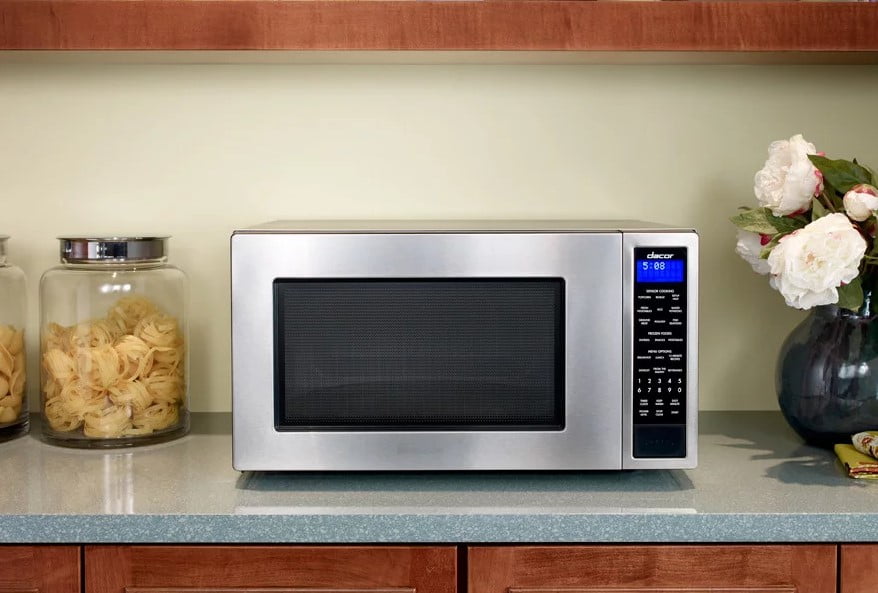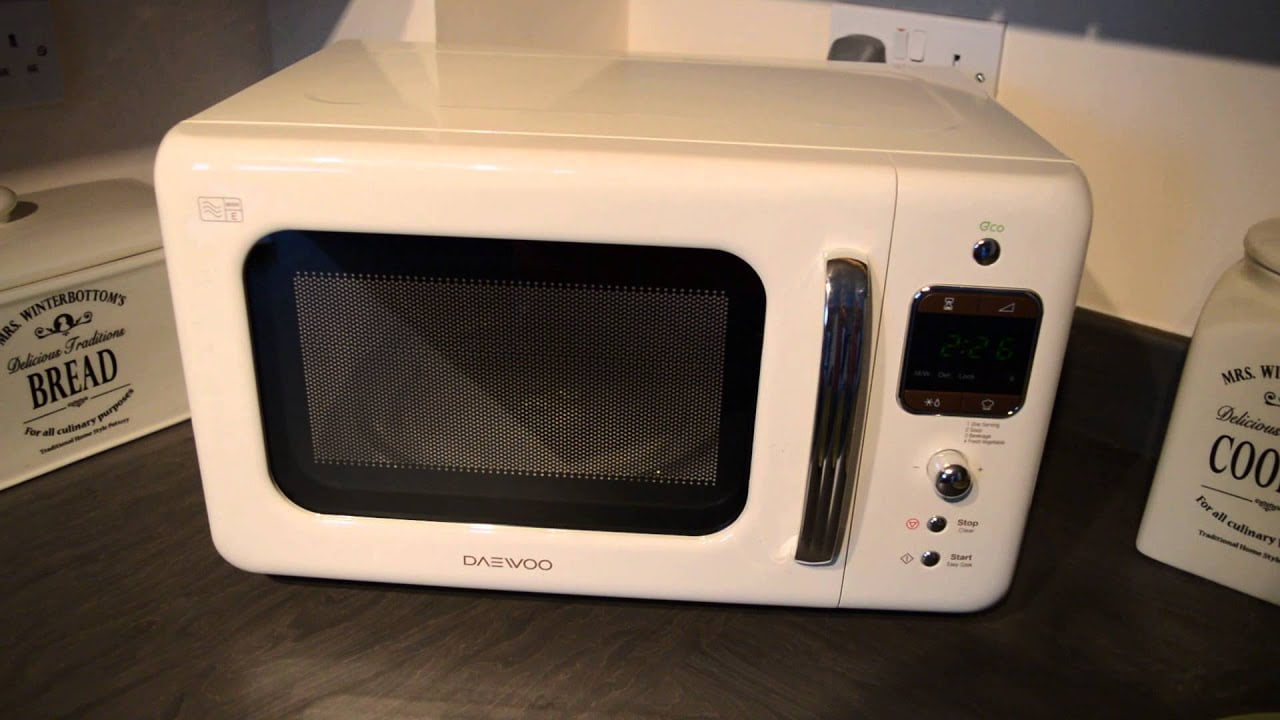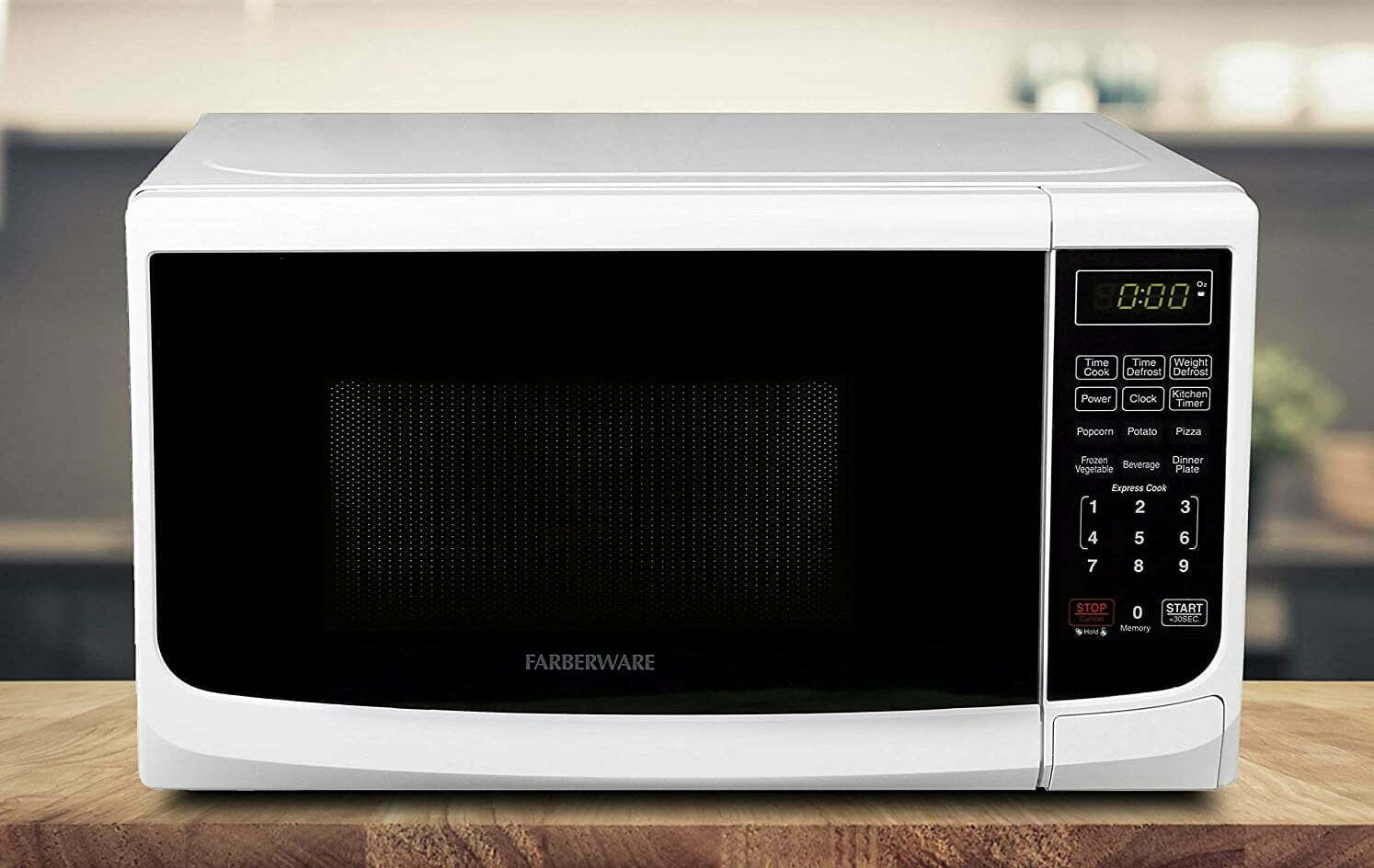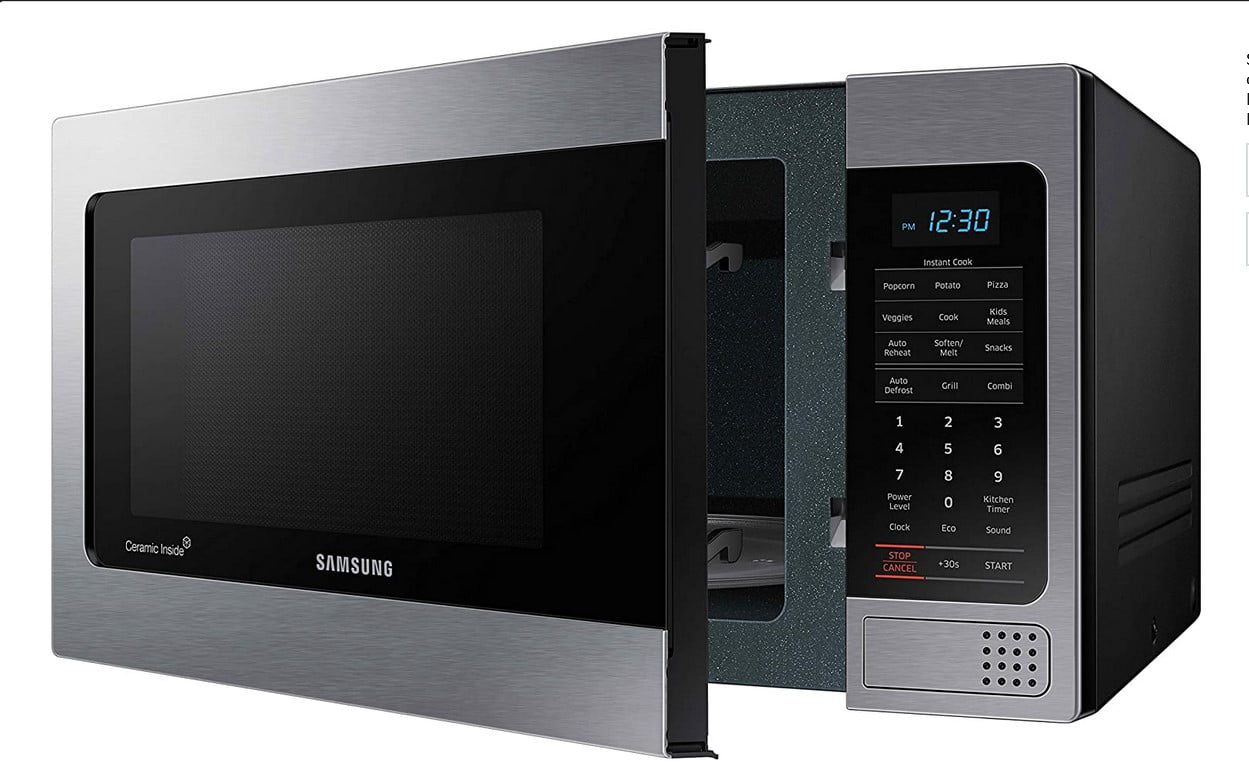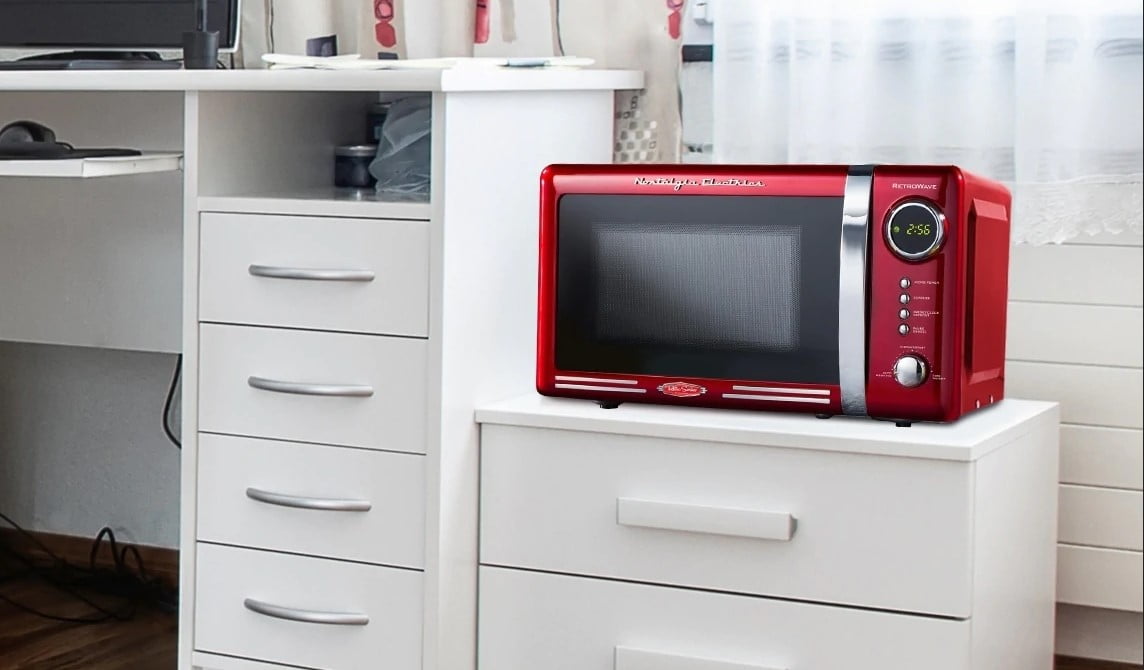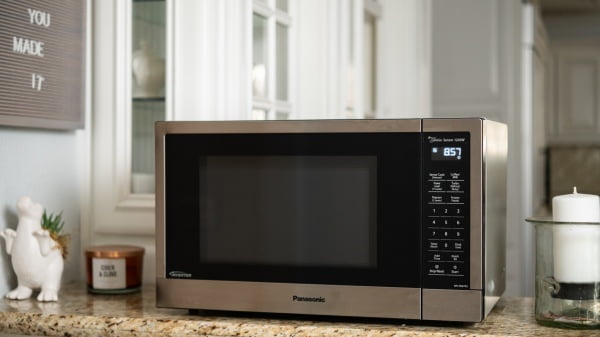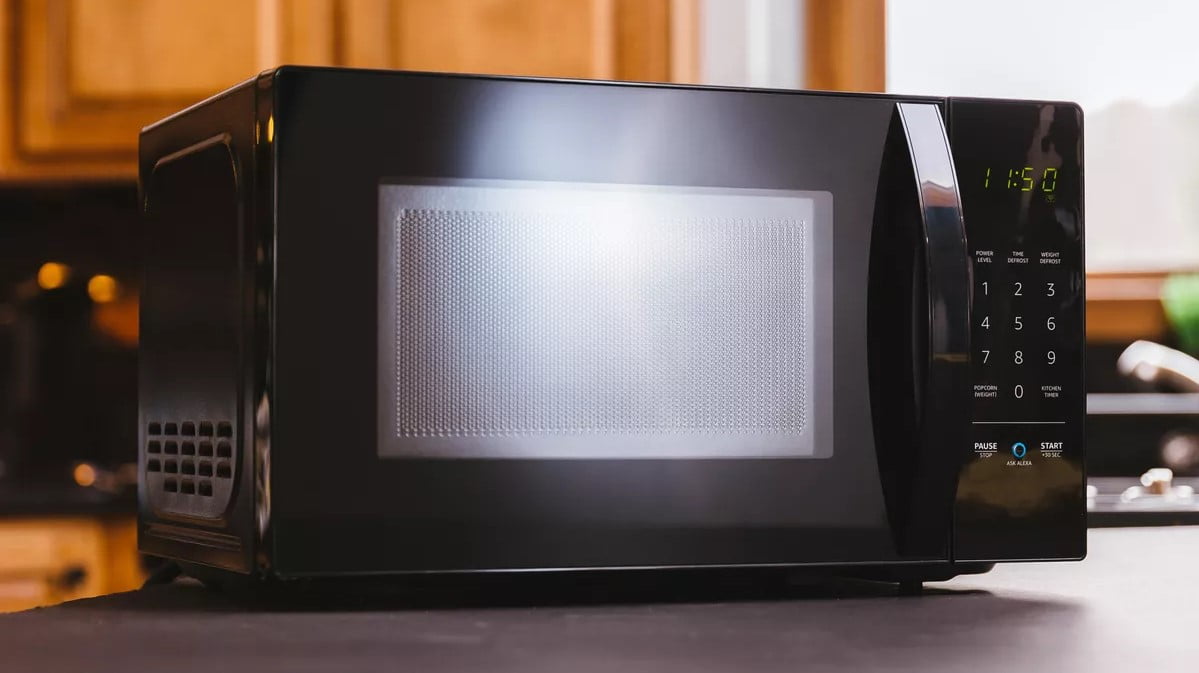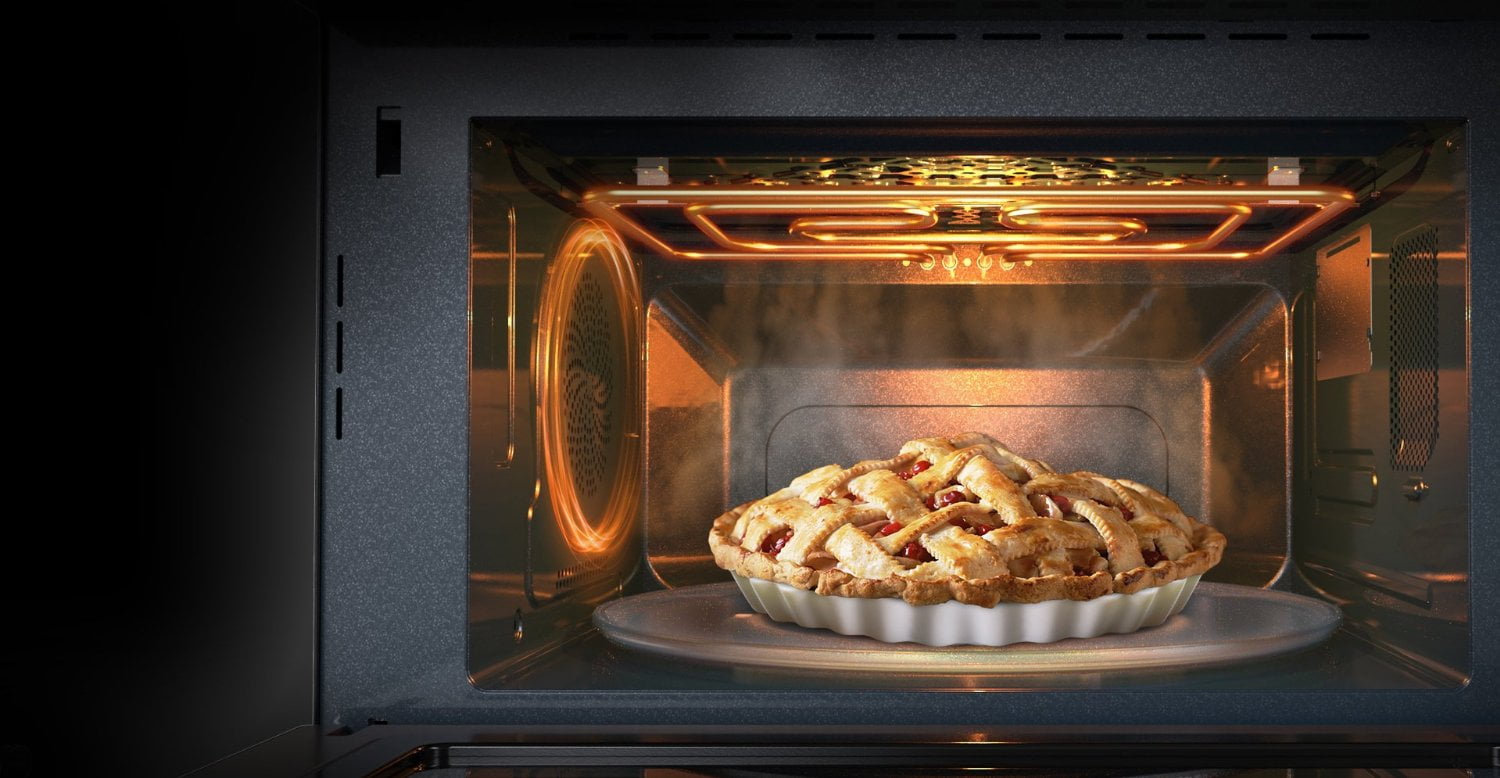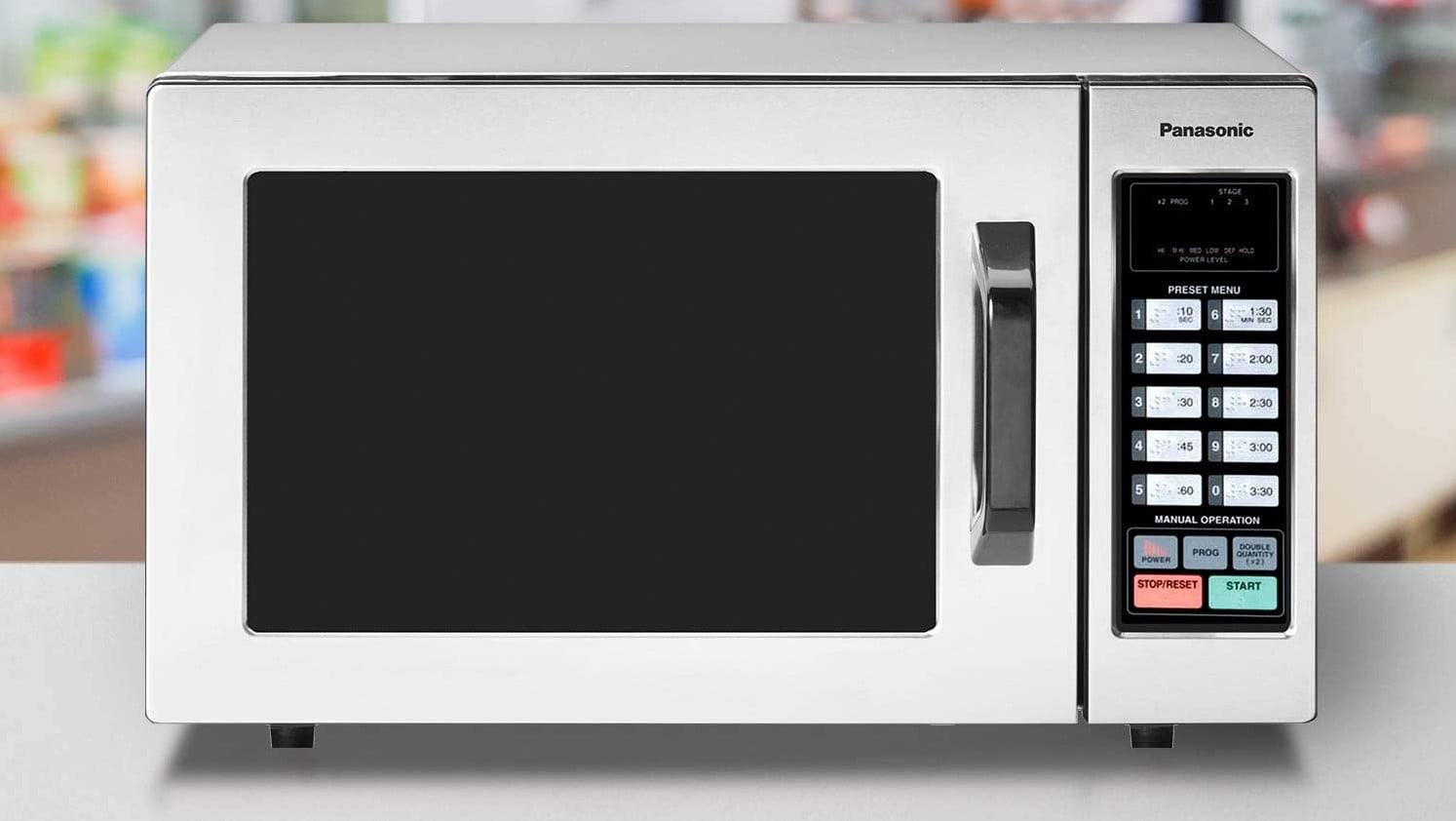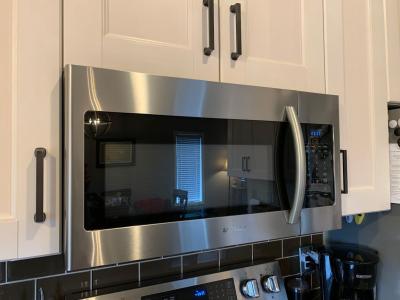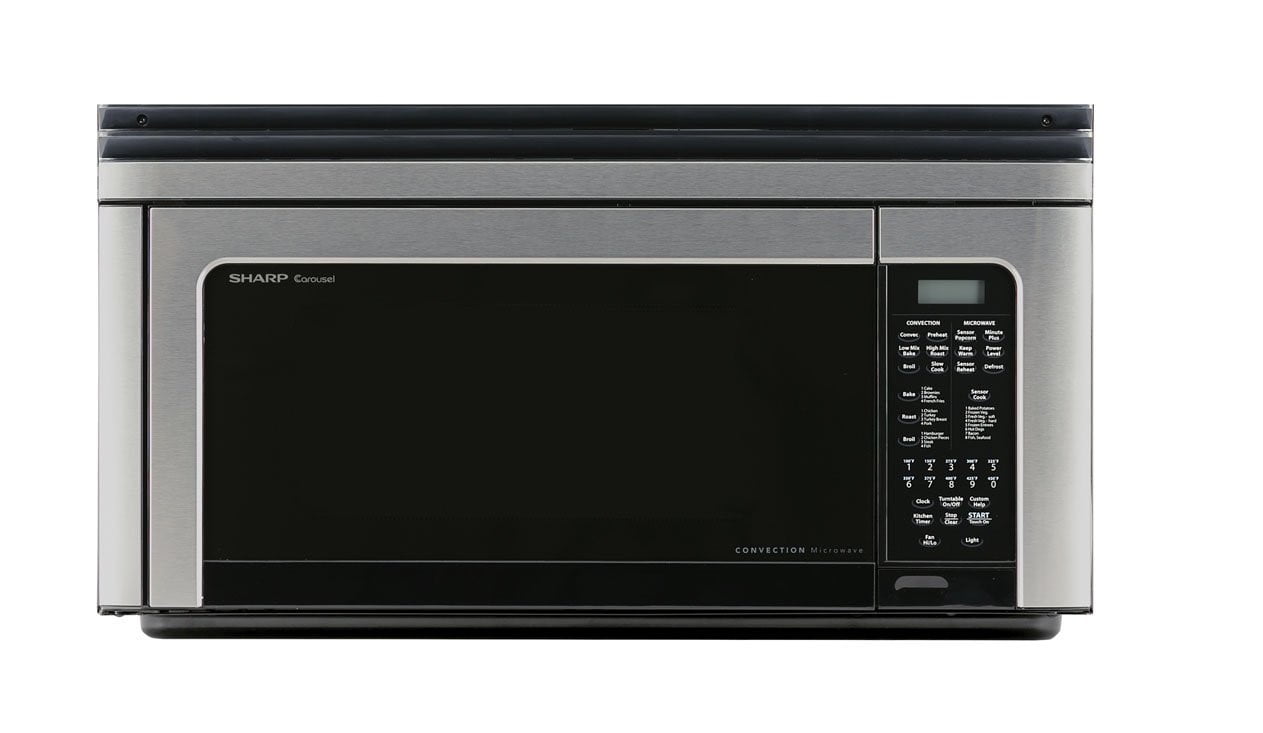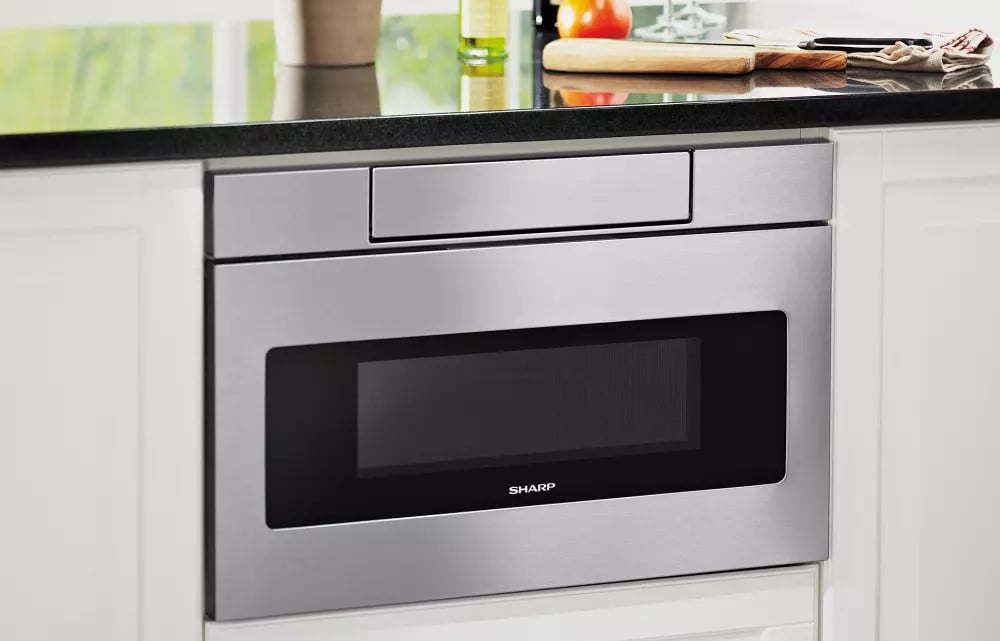If you have a premium microwave oven, you need to know how your power settings work to get the most out of it. Understanding “what is a microwave power level” is essential if you want gentle cooking.
KEY TAKEAWAYS:
- Most modern microwave ovens offer variable power levels to heat dense or large foods thoroughly without burning them.
- Microwave manufacturers typically rate microwave power settings out of a 100-point scale.
- Your power level dictates the percentage of time that your microwave will use radiation on your food.
For example, you need to adjust the power output to the lowest power setting to defrost frozen foods without cooking them. In addition, on convection countertop models, you can use a slow cooking time for meatloaf or baking foods with breading.
Insider Tip
When microwave power levels are too high, you will singe the edges of your food. Experiment with your microwave to find your ideal setting.
So, read on to learn how microwave power levels work.
What are Microwave Power Levels
Most microwave ovens offer preset power levels that allow you to fine-tune your cook time. You can use microwave power levels to avoid overcooking or burning recipes that require a long time to cook thoroughly. For example, dense foods with a high sugar or fat content heat quickly, so controlling what powers a microwave with more nuance gives you better results.
In general, manufacturers rate microwave energy out of 100%. The percentage power represents how long your device uses microwave energy during the cooking session.
For example, if you set the percentage of power to 50%, your cook cycle will only use microwave energy for 50% of the cooking time. Unfortunately, convenient features like automatic defrost will shut off your ability to manually adjust the power level.
If you’re interested in making the most of your microwave meals, read out the guide on changing a microwave power level.
When Microwave Power Settings Matter
You should use a different power percentage to keep food warm or cook ground meat. You cannot run your microwave at max capacity for recipes that require long cooking times, dense foods, or large quantities. If you do, the edges of your meal will become overcooked, but the center may not cook thoroughly. So, by using the power button, you allow your food to heat wholly but slowly.
Be sure you know how to set the clock on your microwave if you want accurate timing on your meals. Selecting the correct cooking time is still essential even if using power levels.
Warning
If a long cooking session leaves your microwave full of condensation, you need to dry it out. Otherwise, water can enter the turntable motor and ruin the unit.
F.A.Q.S
What microwave features and specs should I look for?
If you’re shopping for a microwave, finding a suitable model mainly relies on what you’re cooking. For example, if you only use your microwave occasionally, a basic microwave might be enough. That said, modern microwaves offer pre-programmed food settings and auto-defrost for increased convenience, while smart microwaves let you program and control them from your cell phone.
What size of microwave do I need?
The answer to this largely depends on your needs. For example, if you live alone or seldom use your microwave, you may only need a compact model. Large families may want something bigger. No matter what you choose, a countertop microwave will take up some counter space. Range or built-in models generally have larger cooking cavities than countertop microwaves but will save on space.
Am I in need of a new microwave?
Microwaves last a long time, but they lose power over their lifespan. Even though the average microwave should be operational for up to ten years, your unit will lose 30% or more power after five years. If you notice it taking longer than usual to cook your food, it may be time to look for a new model.
STAT: A Federal standard (21 CFR 1030.10) limits the amount of microwaves that can leak from an oven throughout its lifetime to 5 milliwatts (mW) of microwave radiation per square centimeter 2 inches from the oven surface. (source)
REFERENCES:
- https://www.appliancesdirect.co.uk/PDFs/RHVM901_UserManual1.PDF?v=1
- https://www.federalregister.gov/documents/2021/08/12/2021-17123/energy-conservation-program-energy-conservation-standards-for-microwave-ovens
- https://www.youtube.com/watch?v=ZqbGvdeK2iQr
- https://products.geappliances.com/appliance/gea-support-search-content?contentId=18763
- https://pubmed.ncbi.nlm.nih.gov/7419839/

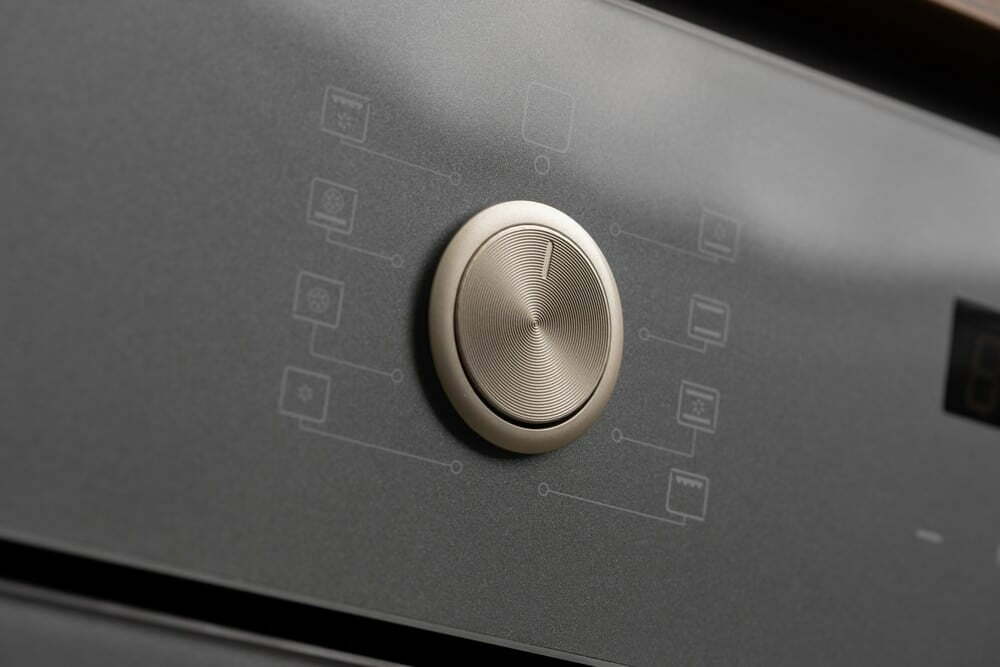













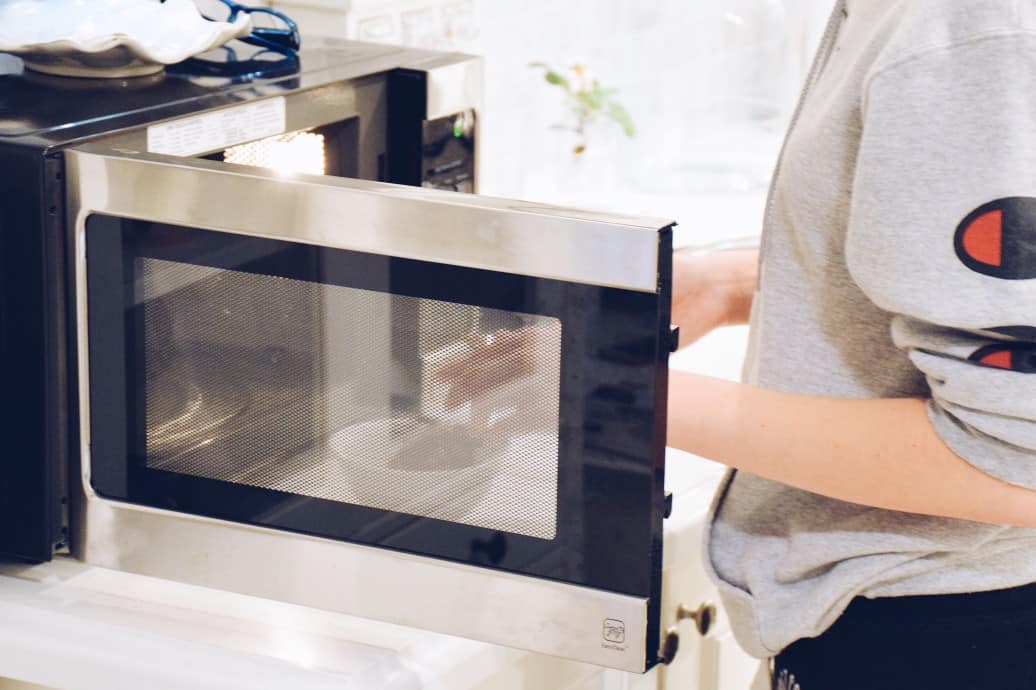
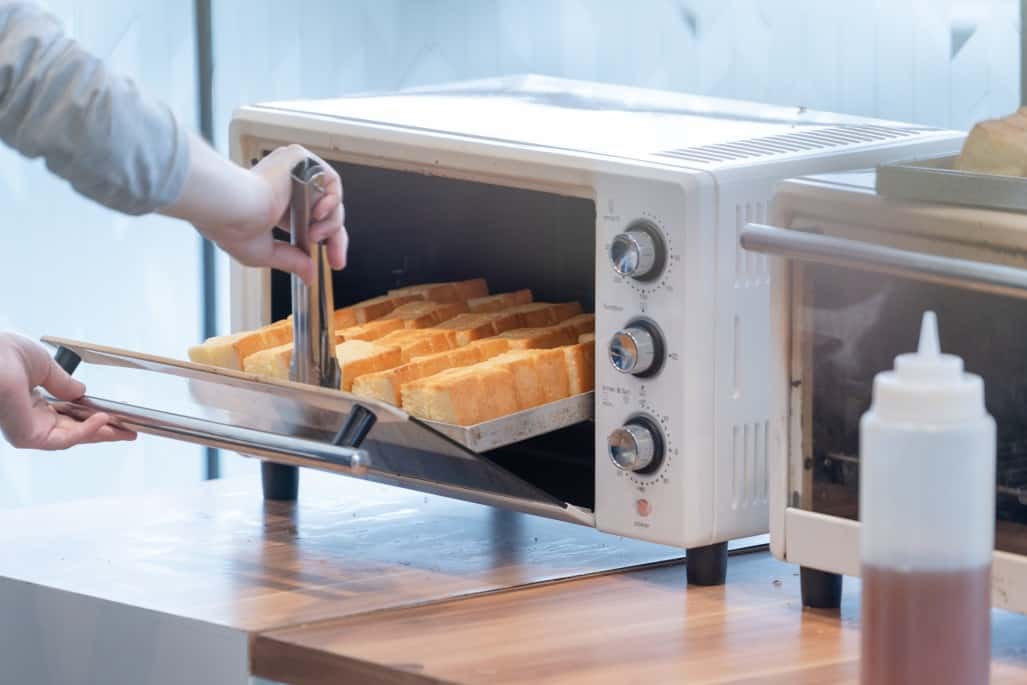
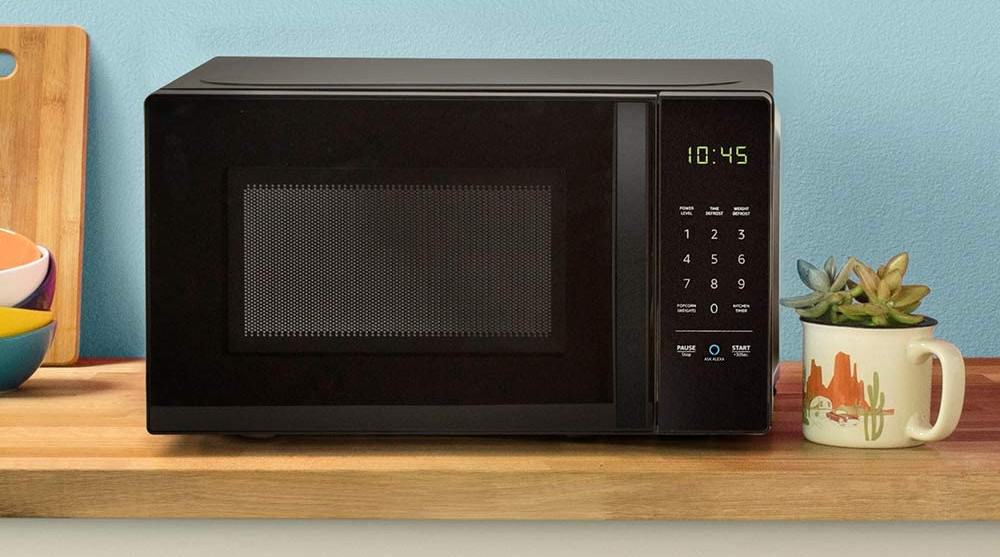

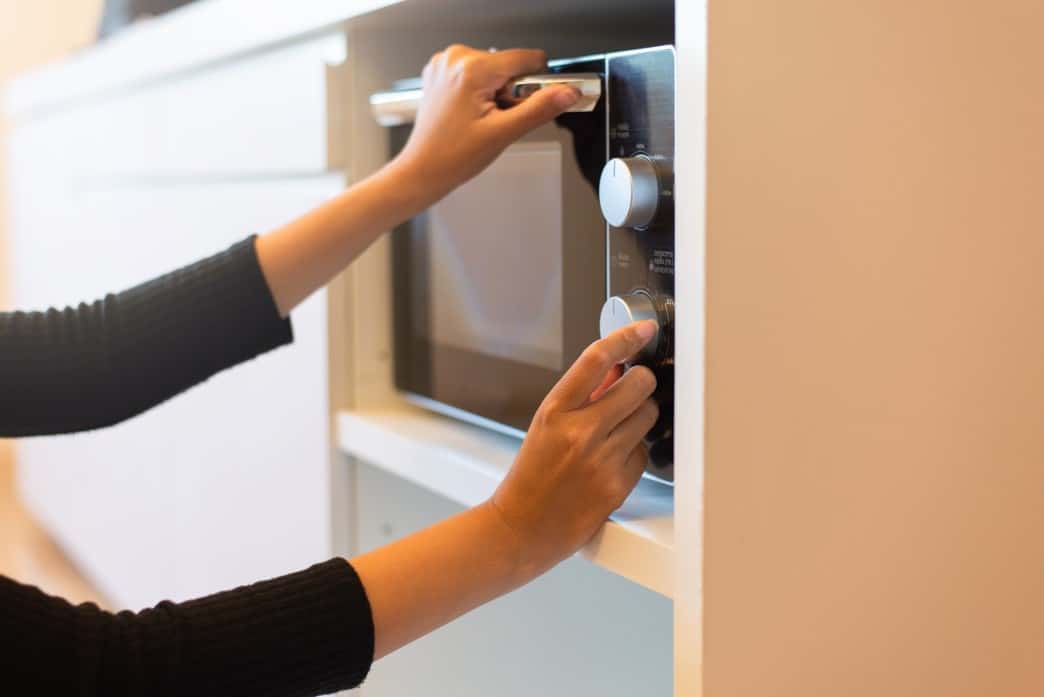
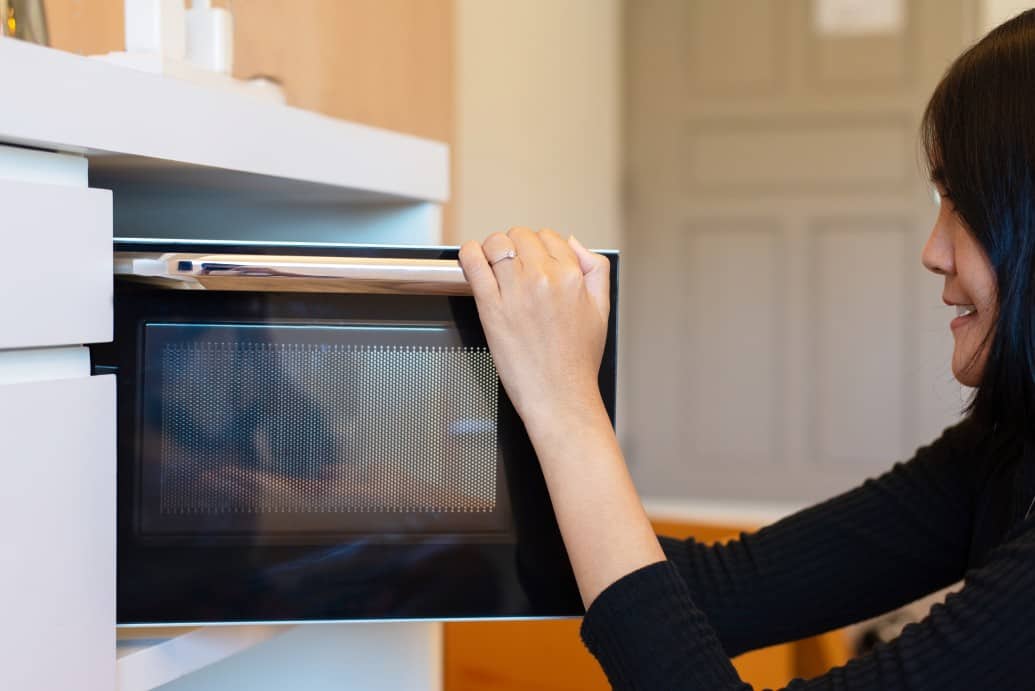
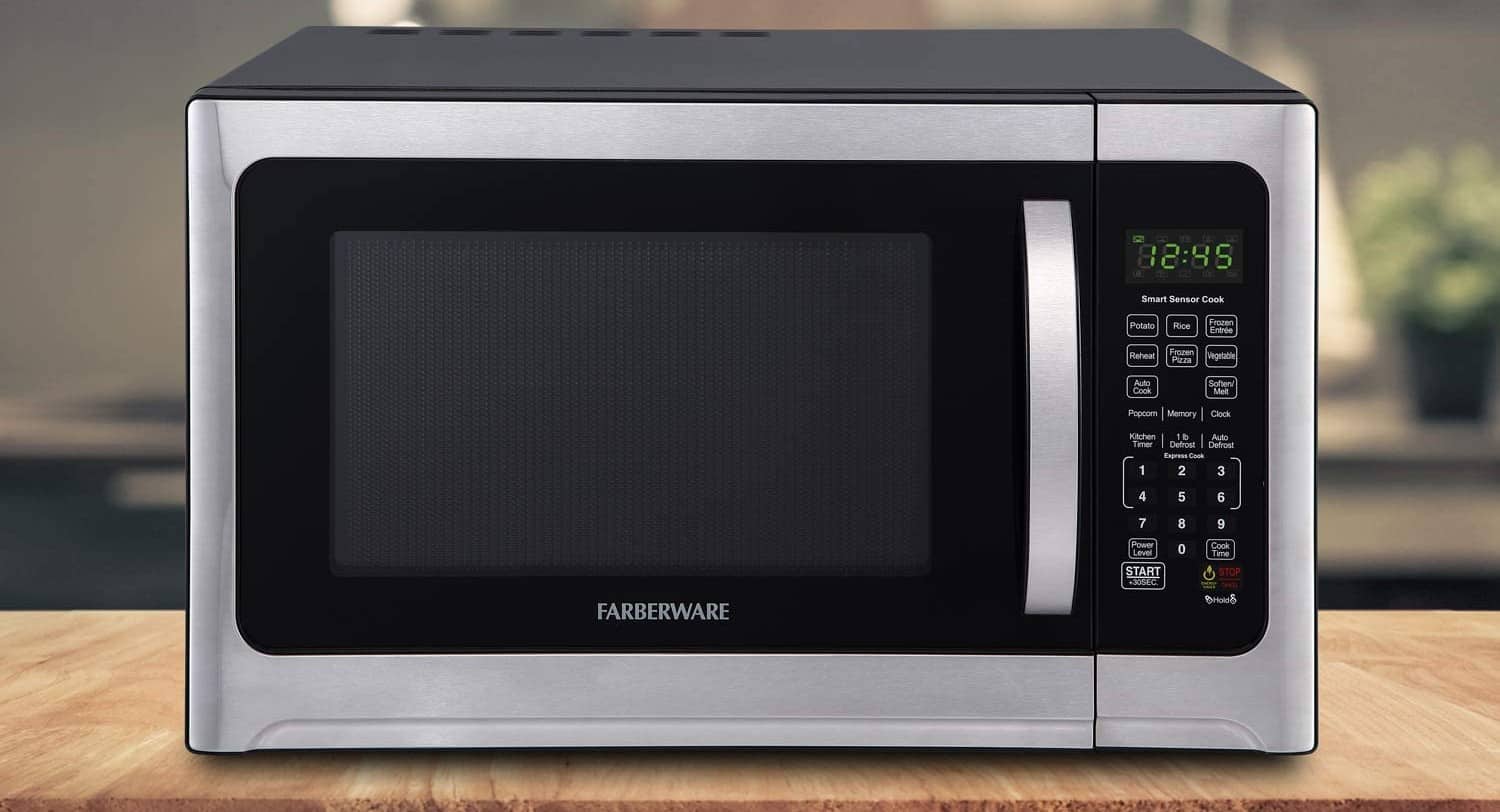
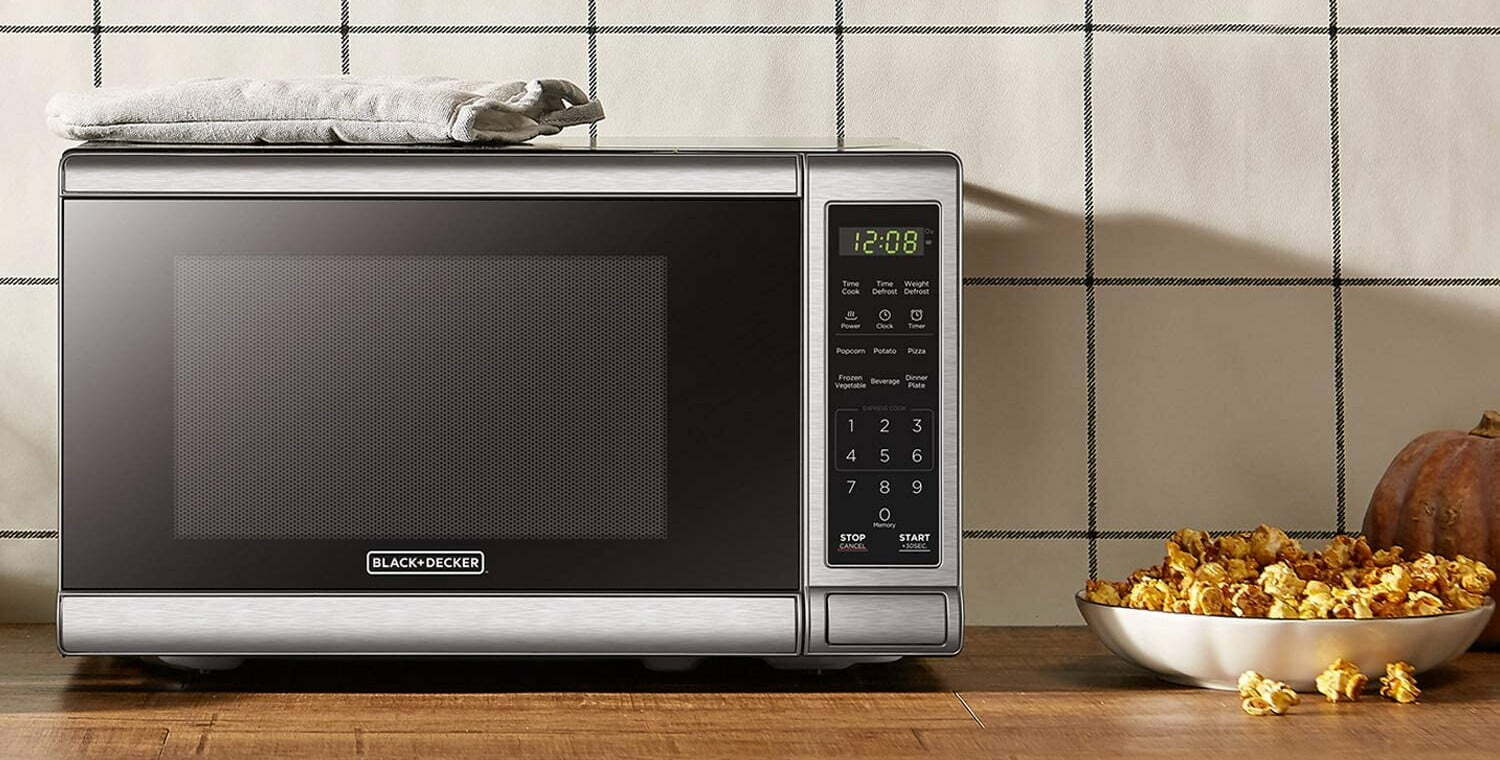
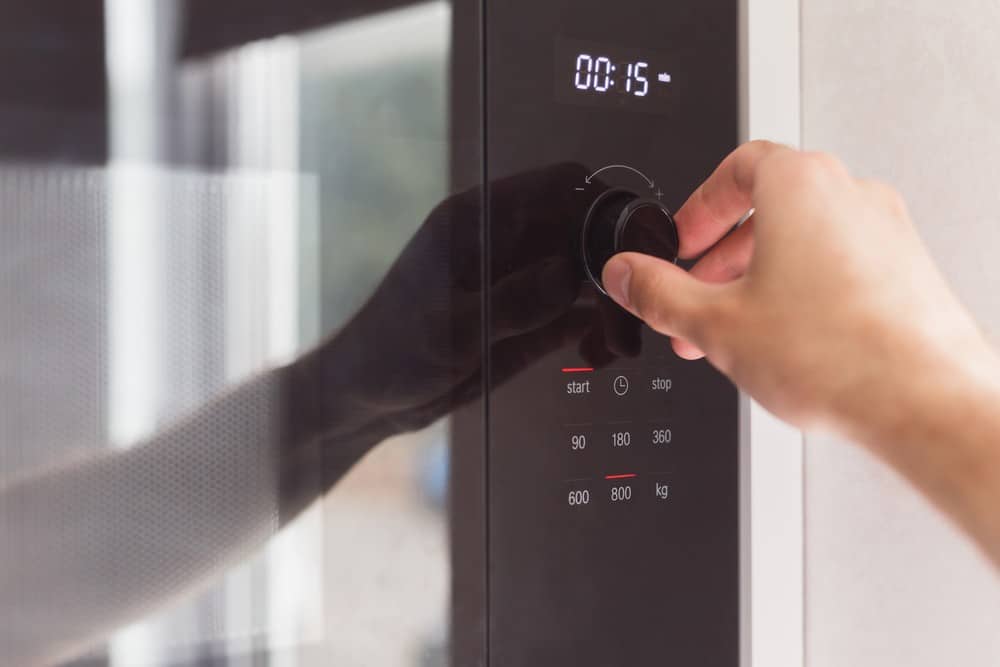
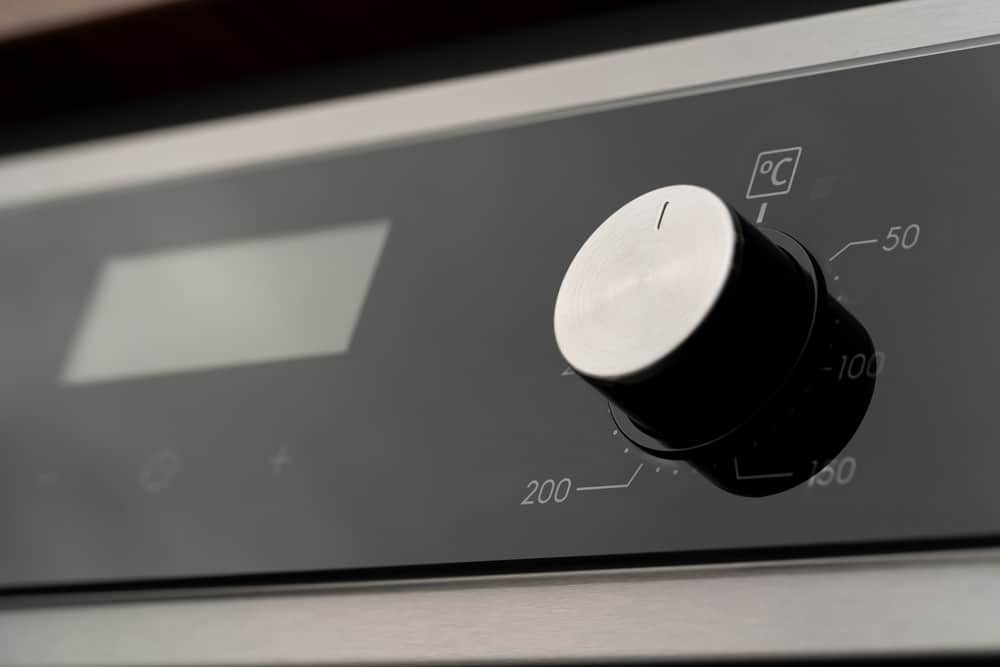
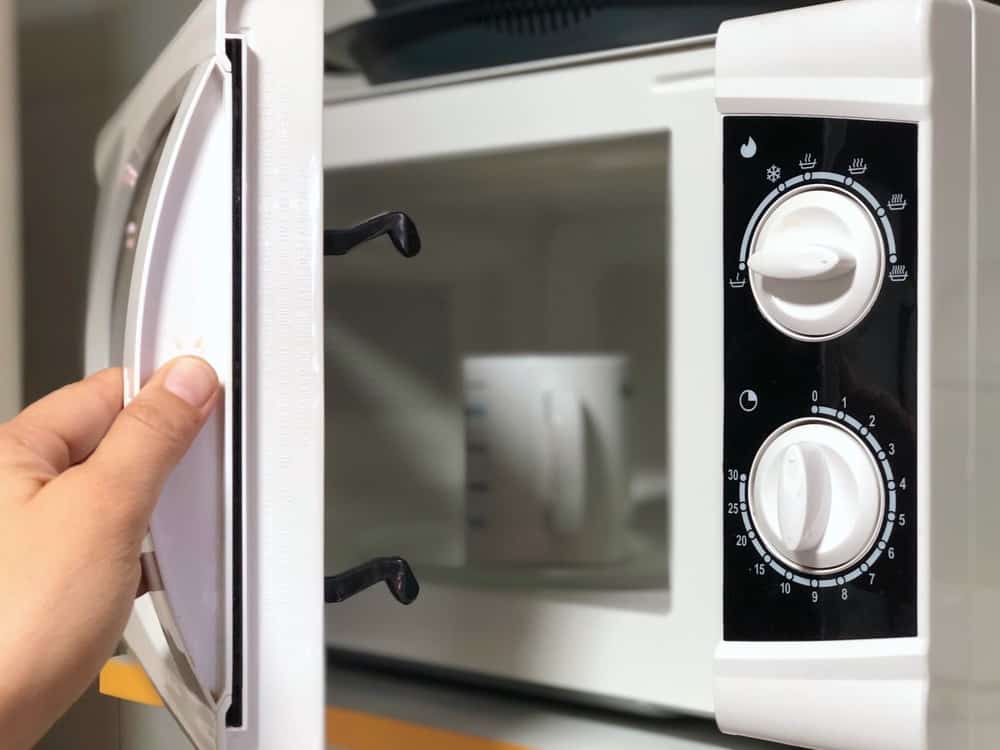
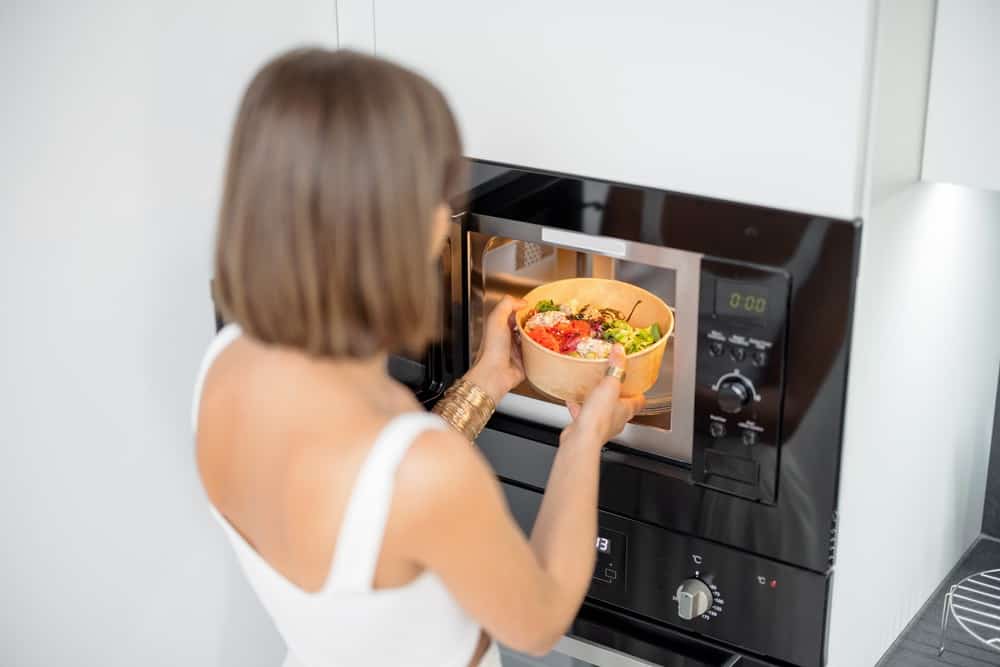
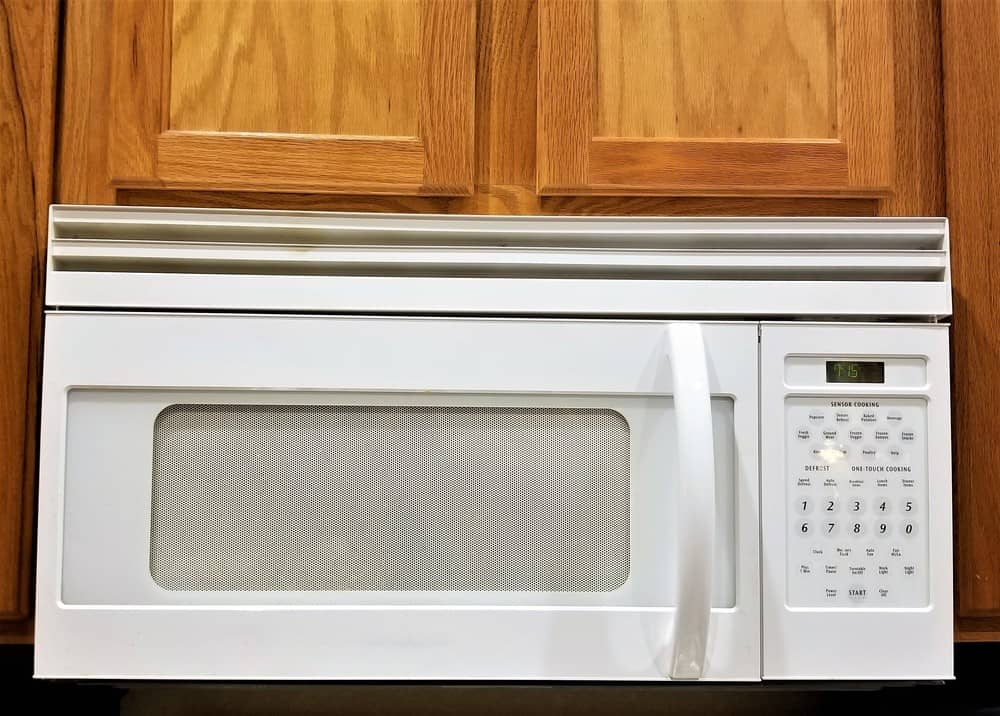
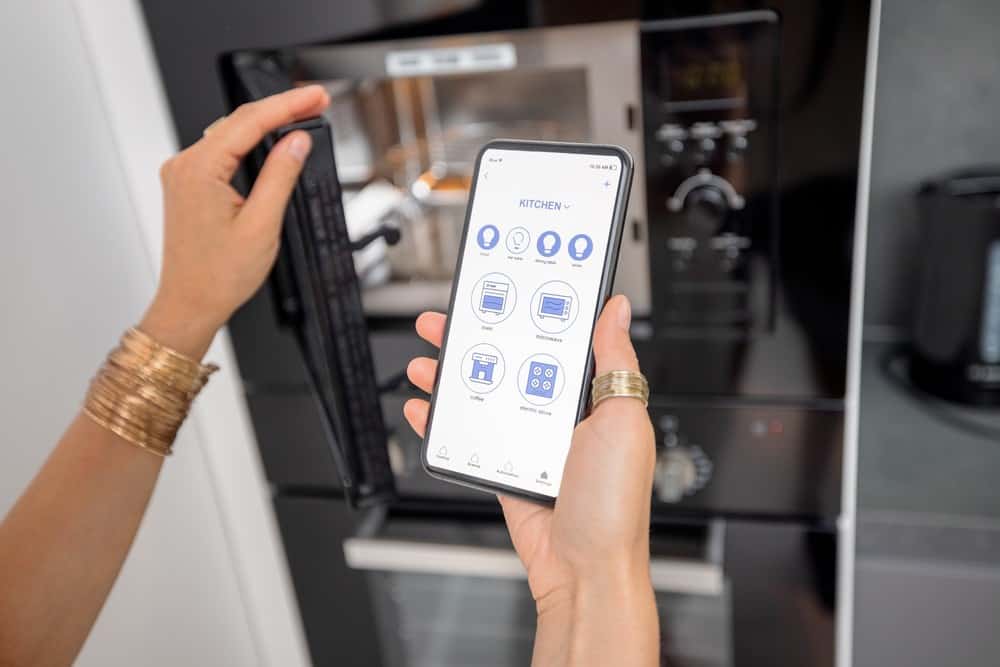
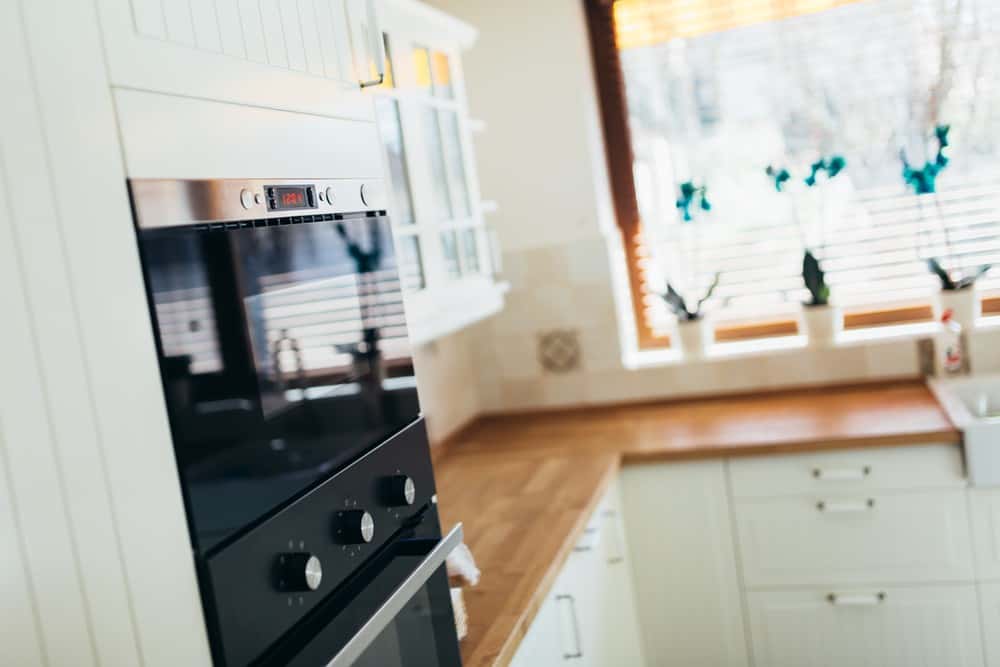
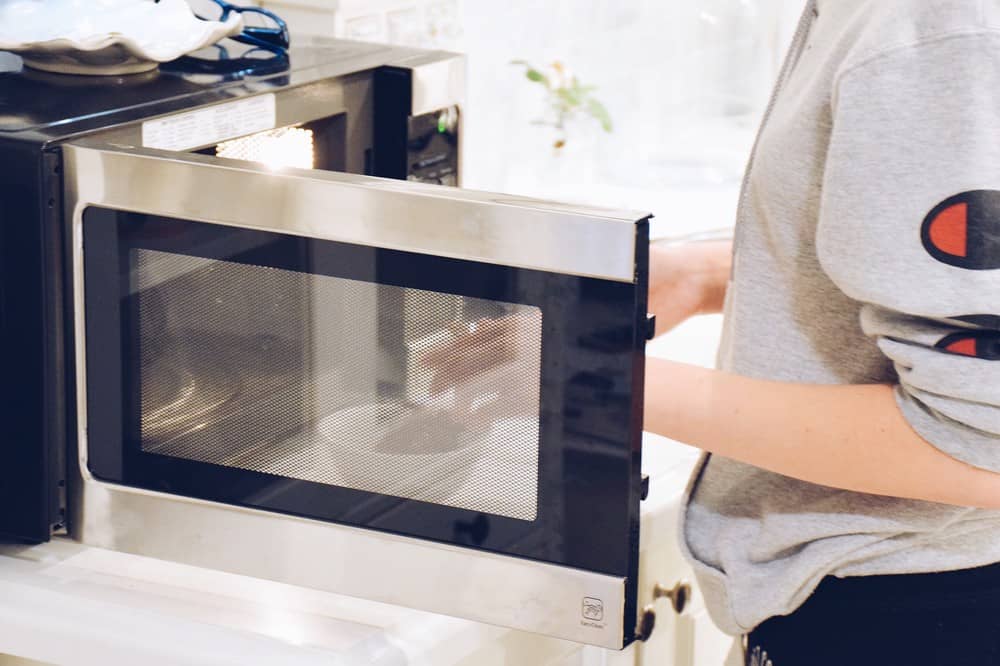

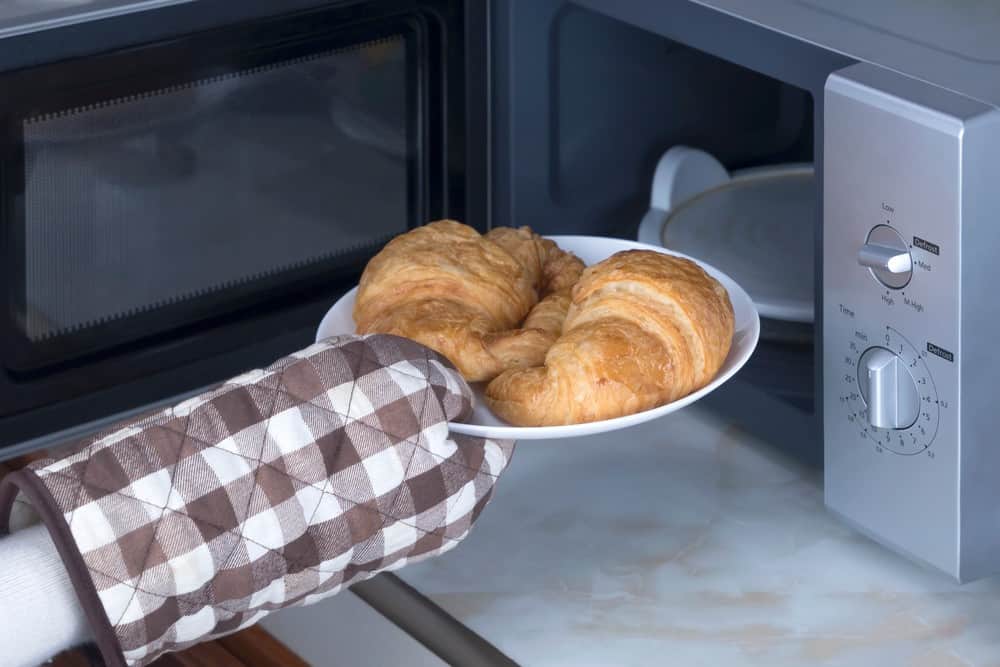
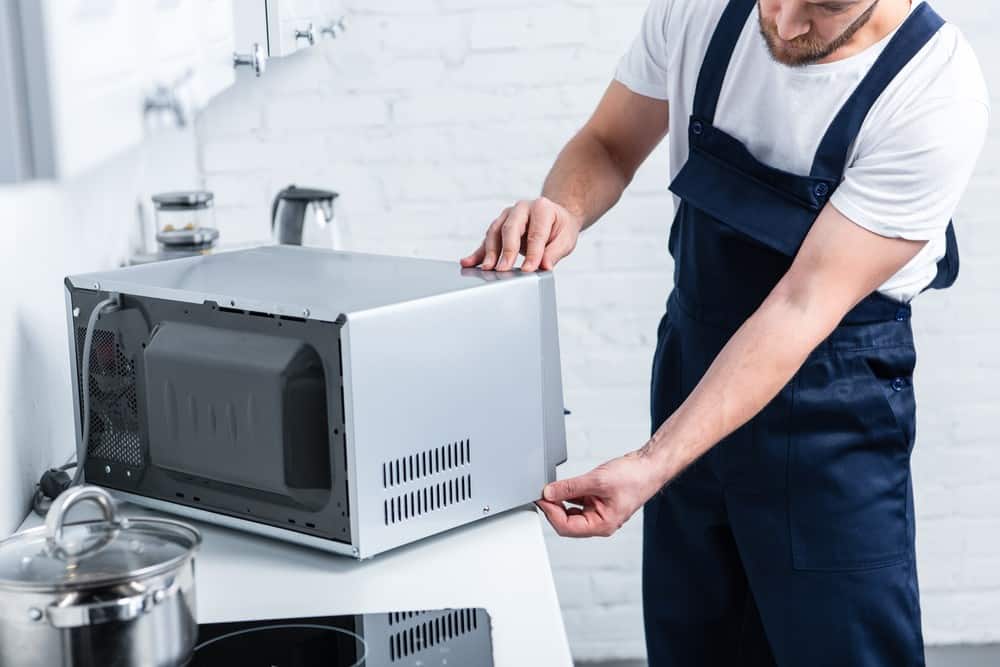
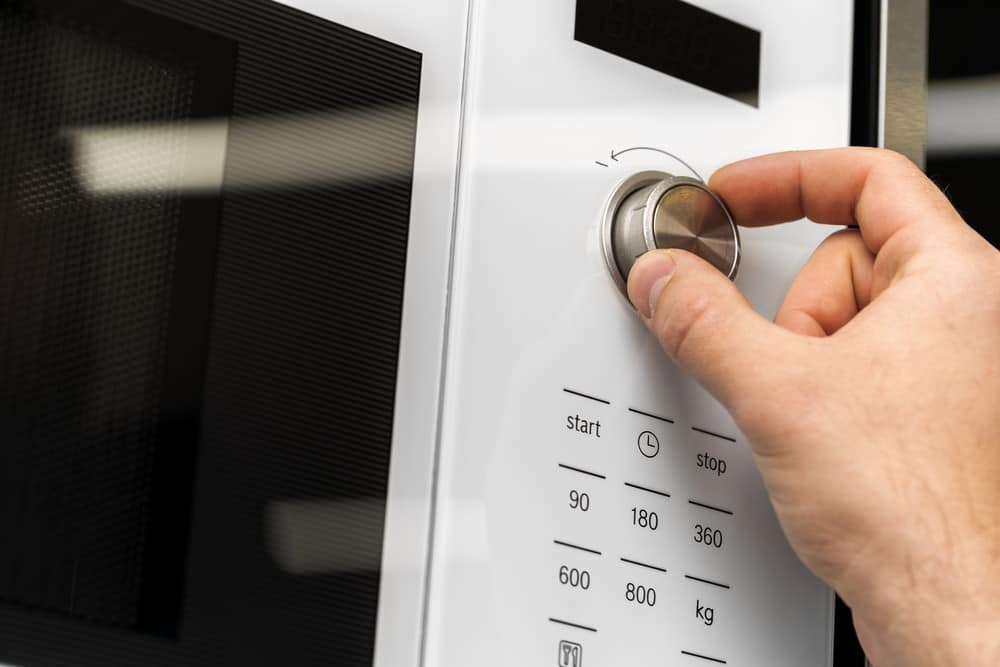
![Best Kitchen Appliances in [year] ([month] Reviews) 27 Best Kitchen Appliances in 2026 (January Reviews)](https://www.gadgetreview.dev/wp-content/uploads/best-kitchen-appliances.jpg)
![Best Whirlpool Microwaves in [year] 28 Best Whirlpool Microwaves in 2026](https://www.gadgetreview.dev/wp-content/uploads/best-whirlpool-microwaves-image.jpg)
![Best Microwave Drawers in [year] 29 Best Microwave Drawers in 2026](https://www.gadgetreview.dev/wp-content/uploads/best-microwave-drawer-image.jpg)
![Best Quiet Microwaves in [year] 30 Best Quiet Microwaves in 2026](https://www.gadgetreview.dev/wp-content/uploads/best-quiet-microwave-image.jpg)
![Best LG Microwaves in [year] 31 Best LG Microwaves in 2026](https://www.gadgetreview.dev/wp-content/uploads/best-lg-microwaves-image.jpg)
![Best Microwaves in [year] ([month] Reviews) 32 Best Microwaves in 2026 (January Reviews)](https://www.gadgetreview.dev/wp-content/uploads/best-microwaves-image.jpg)
![Best Over the Range Convection Microwaves in [year] 33 Best Over the Range Convection Microwaves in 2026](https://www.gadgetreview.dev/wp-content/uploads/best-over-the-range-convection-microwave-image.jpg)
![Best Retro Microwaves in [year] 34 Best Retro Microwaves in 2026](https://www.gadgetreview.dev/wp-content/uploads/best-retro-microwave-image.jpg)
![Best GE Microwaves in [year] 35 Best GE Microwaves in 2026](https://www.gadgetreview.dev/wp-content/uploads/best-ge-microwaves-image..jpg)
![10 Best Samsung Microwaves in [year] 36 10 Best Samsung Microwaves in 2026](https://www.gadgetreview.dev/wp-content/uploads/best-samsung-microwaves-image.jpg)
![10 Best Microwaves for Seniors in [year] 37 10 Best Microwaves for Seniors in 2026](https://www.gadgetreview.dev/wp-content/uploads/best-microwaves-seniors-image.jpg)
![10 Best Microwave Toaster Oven Combo in [year] 38 10 Best Microwave Toaster Oven Combo in 2026](https://www.gadgetreview.dev/wp-content/uploads/best-microwave-toaster-oven-combo-scaled-1.jpg)
![10 Best Panasonic Microwaves in [year] 39 10 Best Panasonic Microwaves in 2026](https://www.gadgetreview.dev/wp-content/uploads/best-panasonic-microwaves.jpg)
![10 Best Microwaves for College Dorms in [year] 40 10 Best Microwaves for College Dorms in 2026](https://www.gadgetreview.dev/wp-content/uploads/best-microwaves-for-college-dorms.jpg)
![10 Best Compact Microwaves in [year] 41 10 Best Compact Microwaves in 2026](https://www.gadgetreview.dev/wp-content/uploads/best-compact-microwave-image.jpg)
![10 Best Convection Microwave Ovens in [year] 42 10 Best Convection Microwave Ovens in 2026](https://www.gadgetreview.dev/wp-content/uploads/best-convection-microwave-oven-image.jpg)
![10 Best Built In Microwaves in [year] 43 10 Best Built In Microwaves in 2026](https://www.gadgetreview.dev/wp-content/uploads/best-built-in-microwave-image.jpg)



